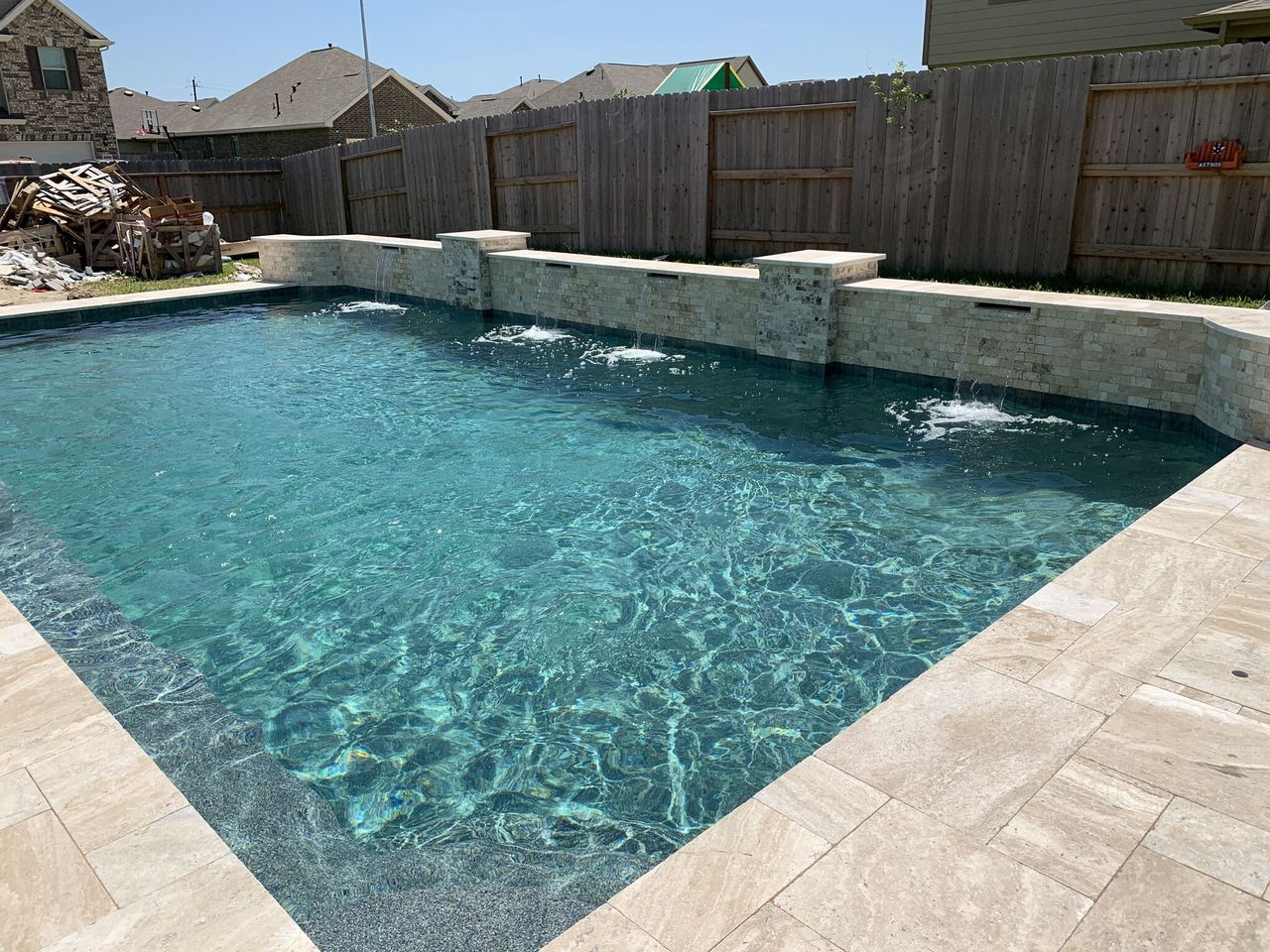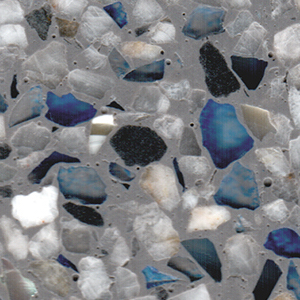Breathe new life into your pool with Pearland, TX pool replastering near me! Pool replastering near me involves applying a new layer of plaster to the surface of the pool, which can help to smooth out any cracks or imperfections. It can also add a new layer of protection against the elements and can even change the color of your pool if you so desire.

JR Pool Plastering & Texas Gunite Ltd. can replaster your pool for you!
One of the best pool replastering near me and remodeling companies is JR Pool Plastering & Texas Gunite, Ltd.. We understand that even the most well-designed pools require maintenance. Our team of pool plastering experts knows how to properly refurbish your pool so that it is back in top shape. We are sure to have a pool service that is just right for you!
The consequences of not getting your pool replastered can ruin your summer fun. You might find that the minerals in the water stain your plaster, making it unsightly. The surface could become rough, lumpy, and scratchy, making for an uncomfortable experience. Finally, if the plaster wears through to the shell, then you risk compromising the structural integrity of the pool.
If you feel like your pool needs to be replastered, then get in touch with JR Pool Plastering & Texas Gunite, LTD. We are more than happy to fix up your pool so that it is as good as new. Give us a call today at one of our many Greater Houston offices to get started.
What Are the Benefits of Pearland, TX Pool Replastering Near Me?
The plaster that is applied to gunite pools typically ranges in lifespan from ten to fifteen years. After this time, the plaster will start to show its age. It might get stained from the minerals in the water, such as copper or iron, making your pool look disgusting and unclean even if it is not. However, the purpose of plaster is not simply aesthetic.
The shell of pools is typically made from concrete or gunite. These materials are tough and durable, and they can be molded into whatever shape is needed, making them popular as a pool-building material. However, the issue with both of these materials is that they are porous. They have holes in them, meaning that over time, the water will leak out.
To get around this issue, pool builders have used a handy trick from time immemorial: they add a layer of plaster to the inside surface of the pool. This plaster layer is about half an inch thick, which is thick enough to keep the water from draining out. As an additional bonus, it makes the surface of the pool smoother and easier for the feet.
However, the plaster won’t last forever. Depending on how frequently you use the pool and how well you maintain it, the plaster’s lifespan will differ. A good estimate is that you will need to replace it about once every ten years, although again, the time can vary wildly.
Once your pool has been replastered by a pool replastering near me company, you will instantly be able to see and feel the difference. The stains that previously dirtied the sides will be gone. Your feet will no longer cry in pain from the rough and bumpy surface. Your pool will look as good as the day it was first filled!

We can provide your pool with Pearland, TX pool replastering near me services!
Other Pool Finishes
While plaster is the classic option and the service JR Pool Plastering & Texas Gunite, LTD. built our business forty years ago, plaster isn’t the only pool finishing option. Nowadays, there are many options available for finishing your pool.
The plaster used in pool surfacing is a dense mortar. There are many mixes that exist, but fundamentally, they are composed of Portland cement and sand mixed together. It is white in color, although it can be dyed different colors. In the past, black and grey plaster used to be in style, but nowadays it is seen as too dark.
Wet Edge Products
Wet Edge pool finishes are a type of aggregate finish. Cement, aggregate, and a special admixture called Pebble Edge are mixed together. The Pebble Edge fortifies the cement and makes it tougher and more durable, allowing it to protect your pool longer than traditional plaster.
While some of the Wet Edge products perfectly imitate the look and feel of plaster, the company also offers exposed aggregate finishes that offer more texture and better longevity. Many of them also have more intense colors. These exposed aggregate finishes are pleasing to the eye, feel great to the touch, and require very little maintenance for years to come.
Tiling
Another alternative to plastering is tile. The tile is incredibly durable and looks absolutely stunning. Glass tiles are laid down on the inside surface of the pool. These tiles can be any color and can be made in any design you would like.
You can put them down in a random pattern of blues, teals, and aqua, or you can create a unique mosaic design. Plus, if you are environmentally conscious, then you will be pleased to know that many of these glass tiles are made from recycled glass.

Grigio Treasure is one of the most popular Wet Edge options.
However, the trade-off is the price. Tile can be incredibly expensive! After all, the tiles will cost a lot, and it will cost more labor to lay them down flat than to spray plaster onto the floor. For this reason, a lot of pool owners will save tiling for the hot tub or reserve it for the top part of their waterline while the rest of their pool is simply plastered.
If you do choose to get your pool tiled, however, you can rest easy that you will have an incredibly tough, durable, and chemical-resistant pool finish. You will not have to worry about replacing it for a long, long time.
Call Us
No matter what pool finish you want for your pool, JR Pool Plastering & Texas Gunite, LTD. is here to provide! We also do pool renovations for those who want to revamp their backyard living space with a spa addition or retiling and coping services.
Let our company handle your pool replastering near me for you! All you need to do is reach out to us and request a consultation.
Pearland, TX Fun Facts:
- The city was previously known as Mark Belt.
- It is named Pearland because pear trees used to be grown in the area.
- Most of the city’s fruit trees were destroyed by Galveston hurricanes in the early 1900s.